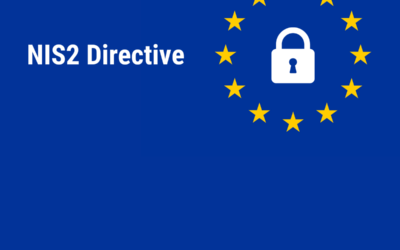The NIS2 Directive not only expands the scope of cybersecurity regulations but also introduces stricter penalties for non-compliance, including fines and liability risks for management. Unlike its predecessor, NIS2 mandates clear accountability and requires...
Announcing the Launch of ASGARD Analysis Cockpit v4.1
We are excited to announce the release of ASGARD Analysis Cockpit v4.1, a substantial upgrade from version 4.0. This latest version introduces significant improvements and new features designed to enhance performance, usability, and stability. ASGARD Analysis Cockpit...
End-of-Life ASGARD Analysis Cockpit Version 3
Nextron announces the end-of-sale and end-of-life dates for the ASGARD Analysis Cockpit version 3. Customers with active service contracts will continue to receive support until September 30, 2024, as shown in the table below. End of Life Announcement Date The date...
Announcing the Launch of Analysis Cockpit v4.0
We are pleased to announce the release of Analysis Cockpit v4.0, marking a significant update from version 3.10. This latest version introduces key improvements, including restructured database indices for enhanced performance, an upgraded operating system, and...
Mjolnir Security: Incident Response Training – Dive Deep into Cybersecurity
We're thrilled to announce an exciting collaboration with our esteemed partner, Mjolnir Security. Immerse yourself in their renowned “Blue Team Incident Response Training” taking place from the 23rd to the 26th of October. This four-day intensive program promises a...
New Analysis Cockpit 3.5
New Baselining Views Over the course of the last 18 months we reviewed most of our detections regarding their success in real world scenarios. In this context "success" means, that the detection uncovered malicious activity in the wild and at the same time had a low...
Product Surveys – Tell us what you think
We'd like to know your opinion on our products and therefore ask you to participate in our product surveys. Each of them takes between 2 and 5 minutes of your time, depending on how much you'd like to tell us.THOR Customer Satisfaction Survey You find the survey...
End-of-Life ASGARD Analysis Cockpit Version 2
Nextron announces the end-of-sale and end-of-life dates for the ASGARD Analysis Cockpit version 2. Customers with active service contracts will continue to receive support until June 30, 2022, as shown in the table below. End of Life Announcement Date The date the...
ASGARD Analysis Cockpit Version 3
ASGARD Analysis Cockpit is our on-premise soft-appliance that helps you analyze large amounts of THOR log data. The new version 3, which has just been released, adds many new usability features and views. This blog post lists some of the changes. Analysis Cockpit 3...
THOR Integration into Microsoft Defender ATP
Why Integrate THOR into Microsoft Defender ATP While Microsoft Defender ATP fully plays off its strength in detecting live attacks, suspicious process starts and network connections, THOR shines as a live forensic scanner that scans the local filesystem, registry,...
ASGARD Analysis Cockpit v2.8 with Sandbox Integration
ASGARD Analysis Cockpit’s new version 2.8.2 features an open API to interface with all major sandbox vendors. It ships with presets for Cuckoo Sandbox and even allows to connect multiple different sandboxes at the same time. Today users can configure THOR scans in...
ASGARD Analysis Cockpit 2.2 Feature Overview
Later this month the new version 2.2 of ASGARD Analysis Cockpit will be released. These are the most important new features. The Optimize Button The new "Optimize" button allows you to add all unassigned log lines to existing cases with matching filters. It is...



